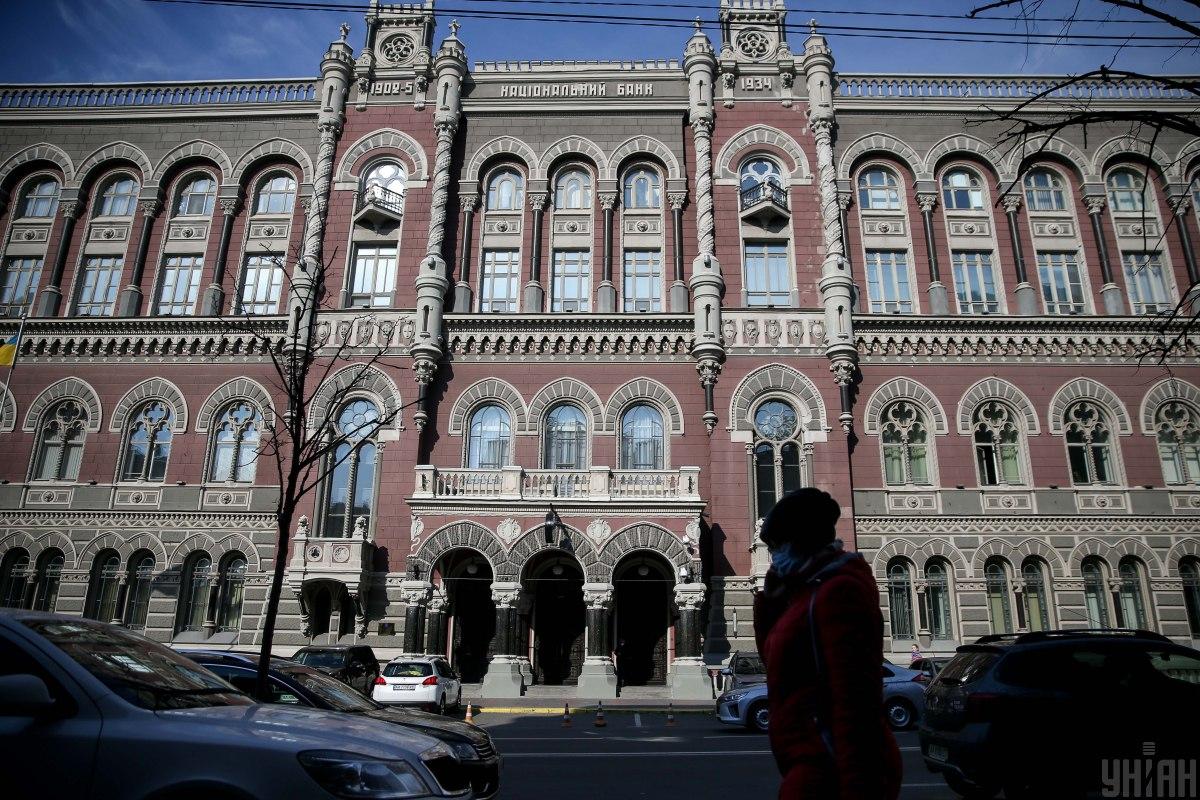
The National Bank of Ukraine (NBU) says the inflation was below the 5% ± 1 pp target range in 2020 due to the negative impact of the coronavirus pandemic and quarantine restrictions on economic activity and consumption.
Inflation reached the midpoint of the 5% ± 1 pp target range defined by the Monetary Policy Guidelines for 2020 and the Medium Term, according to the NBU December 2020 Inflation Update.
"During most of the year, inflation was below the 5% ± 1 pp target range. Slow price growth was due to the negative impact of the coronavirus pandemic and quarantine restrictions on economic activity and consumption. Falling global energy prices, as well as declining demand for non-priority goods and services, kept inflation low. A weaker hryvnia affected consumer prices with a certain lag," reads the report.
With inflationary pressures easing significantly and business activity declining in H1 2020, the NBU loosened its monetary policy to help the economy recover while returning inflation to the target. The key policy rate was brought to an all-time low of 6%. Thanks to the NBU's monetary support, which helped reduce the cost of funding, and the government's fiscal stimulus, which supported domestic consumption, the economy began to recover in Q3 2020.
Read alsoUkraine's international reserves expand by 15% in 2020Prices for processed foods increased by 5.2% for the year. Low sunflower yields and rising export prices drove sunflower oil prices higher in December. It also affected prices for mayonnaise, margarine, and spreads. Rising production costs led to higher prices for meat, some dairy products, and flour products. Driven by more active consumption and a weakening of the hryvnia (in annual terms), prices for rice and fish products increased.
Overall, nonfood prices were up by 1.6% for the year. In December, they rose primarily due to a weaker hryvnia and strong consumer demand. In particular, prices for household appliances, pharmaceuticals, and cars continued to grow. In addition, prices for electronic devices fell more slowly. Meantime, the fall in prices for clothing and footwear sped up further. This may have been due to weaker demand from households as they opted to work and study online, the pricing policy of retailers in the days leading up to tighter quarantine restrictions in January 2021, and cheaper global prices for fabrics amid a decline in demand.
Prices for services increased by 6.9% for the year, accelerating slightly. On the one hand, prices for travel services, housing rentals, and driving courses increased amid rising demand and production costs. On the other hand, the end of the weekend quarantine slowed the increase in prices for hotel services, beauty salon services, and cinema tickets.
Raw food prices increased by 4.1%. In particular, prices for eggs and milk in December rose faster, while prices for chicken meat fell due to reduced production and higher production costs. With crop yields being lower and global sugar beet and wheat prices rising, sugar and flour continued to rise in price. The fall in prices for vegetables, especially those used in cooking borshch, also decelerated as supply contracted. In addition, the rise in fruit prices in December accelerated somewhat, primarily driven by higher prices for bananas and kiwis.
Fuel prices fell by 10.5% over the course of the year. However, the fall in fuel prices in December continued to slow in annual terms. This was due to higher global oil prices and sustained robust demand from households driven by their choice of cars over public transport amid the pandemic.

